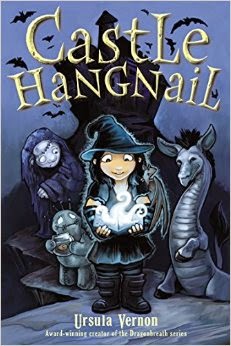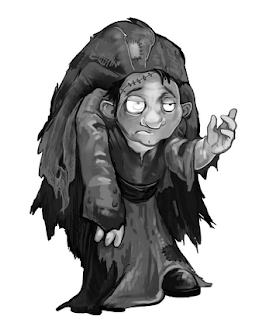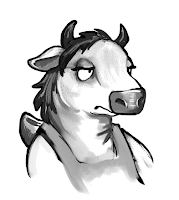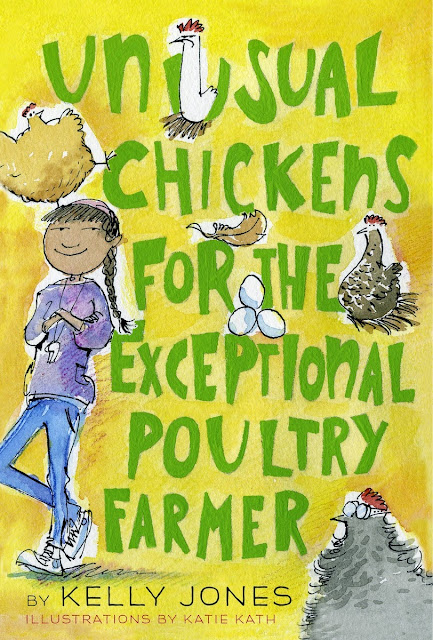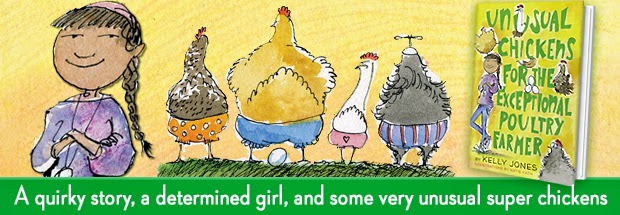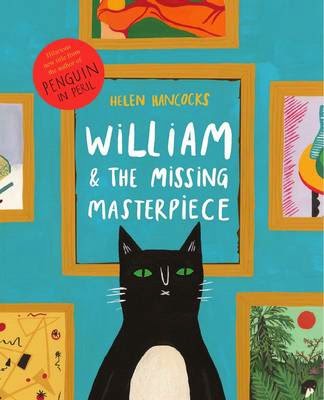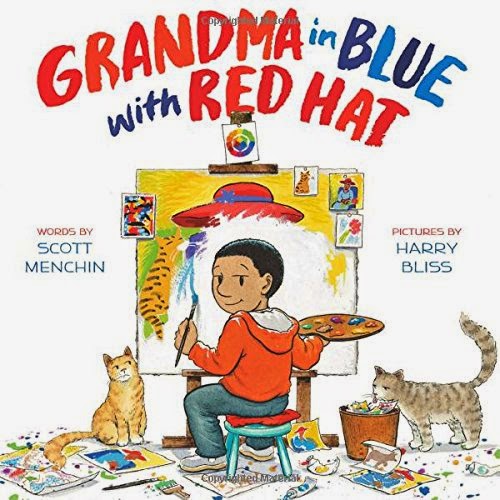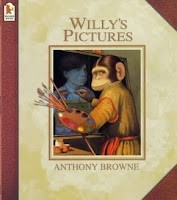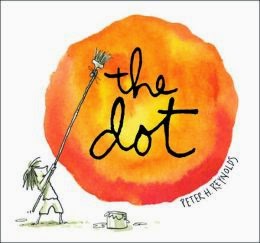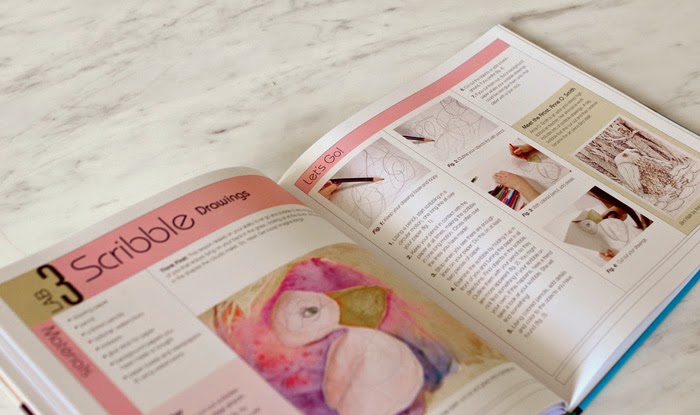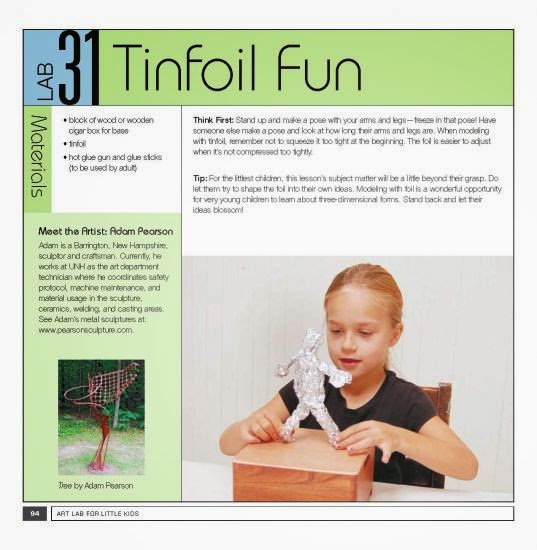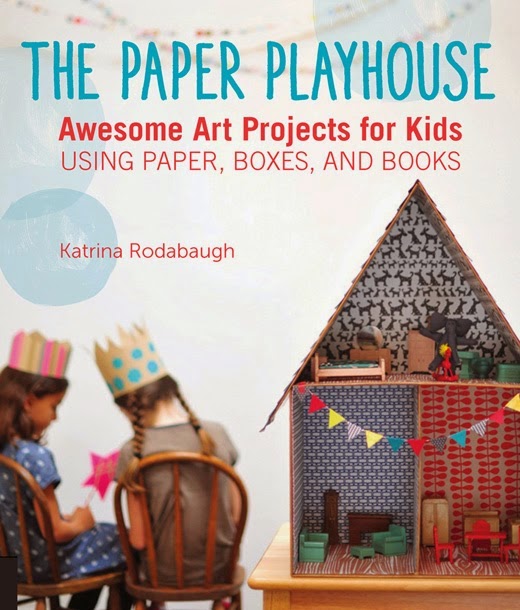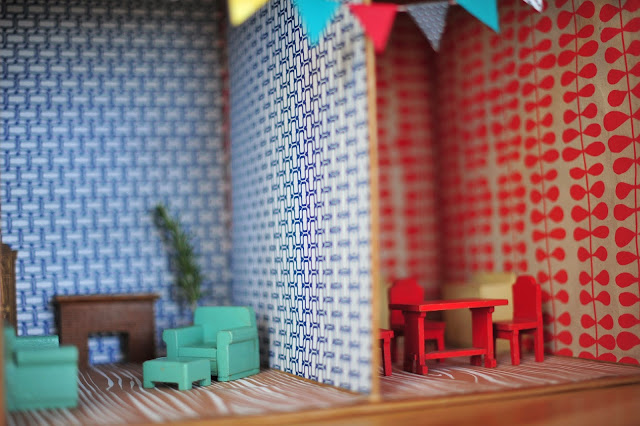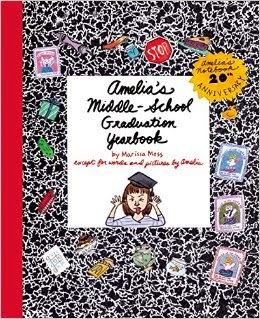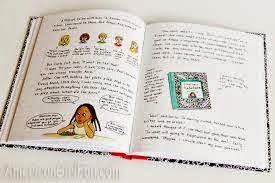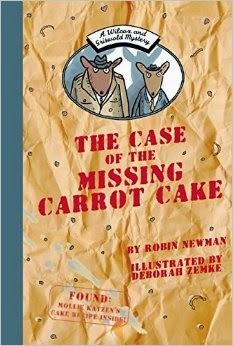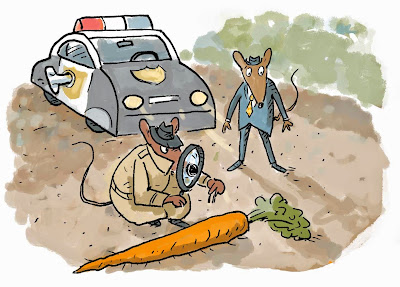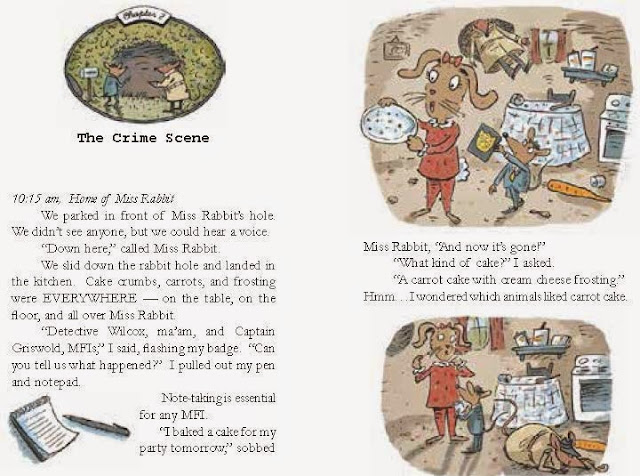Castle Hangnail is the special treat that we get from Ursula Vernon that comes between the ending of her fantastic Dragonbreath series and the start of her eagerly anticipated new series, Hamster Princess, featuring Harriet, a an extraordinary princess who excels at checkers and fractions, despite the curse that a wicked fairy god mouse cast, leaving her looking toward a Sleeping Beauty-like curse that will plunge her into a deep sleep when she turns twelve, but also leaves her invincible (and unable to die) until then. Princess Harriet makes the most of this, fighting Ogre-cats and cliff-diving with her faithful friend Mumfrey, a quail. While Hamster Princess promises to continue Vernon's awesome combination of graphic novel panels and traditional chapter book, Castle Hangnail offers a bigger bite for readers sink their teeth into.
Castle Hangnail reminds me very much of the novels of one of my favorite authors, sorely underrepresented here, Eva Ibottson. Ibottson, who began her career decades before J.K. Rowling, was a master of writing spooky fantasy novels rich with witches, wizards, ghosts and other creatures and made special by equal dollops of humor and humanity. In this post-Harry Potter world, finding fantasy for young readers that is not dark or violent is a challenge. I created the label Good Fantasy - Harmless Bad Guys to address this, and Ibbotson and Vernon are definitely the leaders in this category. Castle Hangnail introduces us to Molly, an usurping witch who is wicked, but not evil, and just wants to be the twelve-year-old resident Wicked Witch of Castle Hangnail. The minions of the castle, characters you will immediately adore, are in a difficult situation. The Board of Magic is on the verge of "de-magicking" and selling Castle Hangnail since it has been without a master for so long. It seems that magic is, "a lot like water, and if there isn't a fit Master in charge it'll puddle up everywhere, the basement will flood, and weird things will start laying eggs." This is a prime example of Vernon's special talent - she can be creative, funny and a little creepy all in one sentence.
When Molly arrives at the door of the castle with her letter letter of introduction (stolen from mean girl and classmate Eudaimonia) the minions of Castle Hangnail accept this "plump girl with a round face, a stubborn chin, and frizzy brown hair," hesitantly. While she does have serious black boots with purple shoelaces and metal caps on the toes that look like "they could kick a hole in a stone wall and have fun doing it," Molly just doesn't seem like the right person for the job. Molly has to prove herself as a witch AND win over the minions of the castle - a truly amazing cast of characters. There is the Igor-ish guardian, renamed Majordomo by Molly, and Edward, the ghost in knight's armor. Then there is Cook, a minotaur who has an ex-husband that results in her hatred - and banning - of the letter Q. Pins, a gifted tailor, is a doll made of burlap with pins stuck in his head who is NOT a voodoo doll. He shares his small living quarters with a talking goldfish who is "intensely neurotic and convinced that she is always sickening for something." He takes "tender care of the fish" and knits her a "very small waterproof scarf." Finally, there is Serenissima, child of a djinn - a spirit of immortal fire - and a shopkeeper who unknowingly had a distant ancestor who was a mermaid. This combination of fire and water resulted in steam, and Serenissima spent her time in a teakettle when she wasn't steam-cleaning the castle.
I don't think that Castle Hangnail is intended to be a series, but another visit to the castle and its kooky-creepy inhabitants would definitely be a welcome
